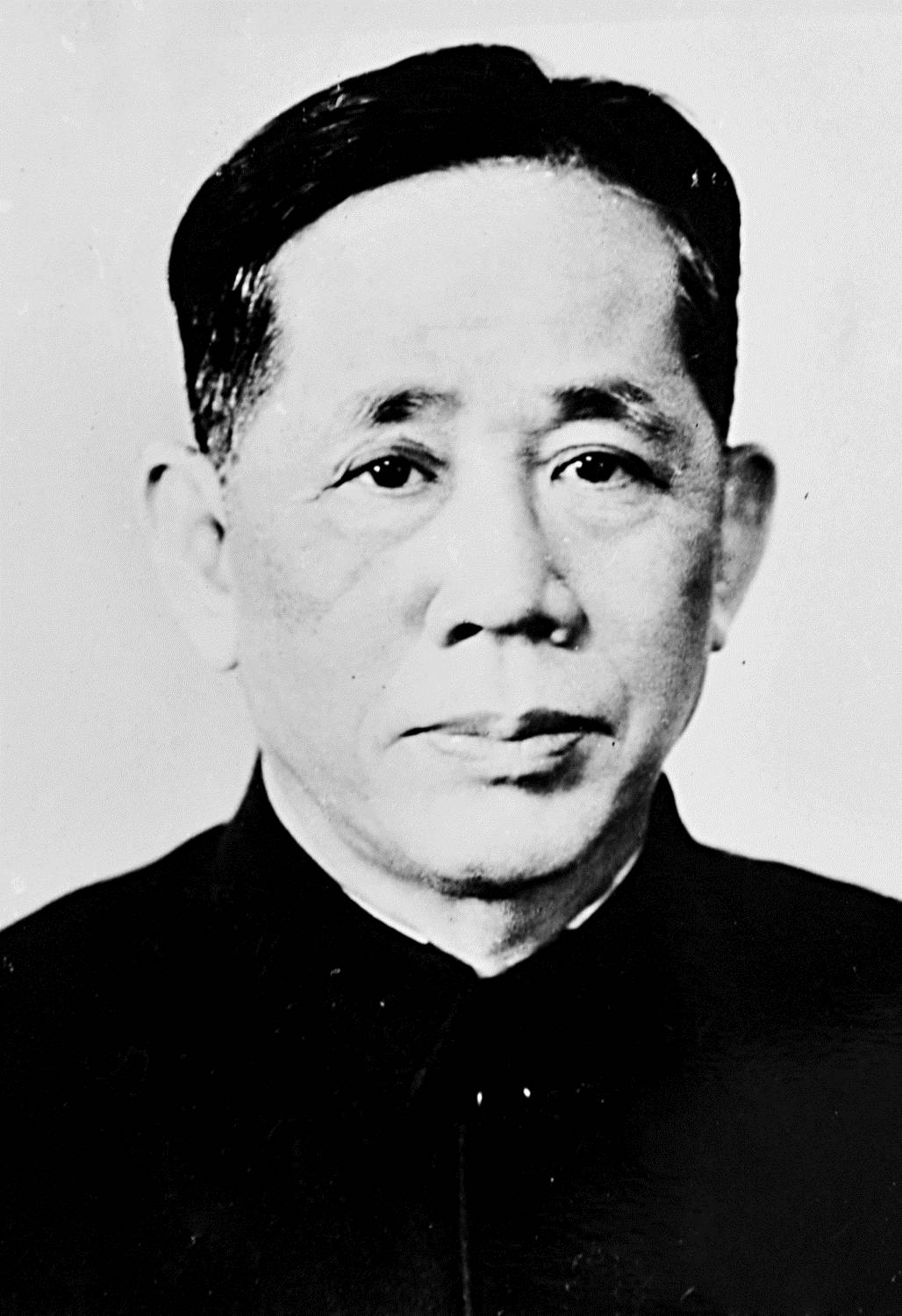
Unified Era
VietnamIn the post-1975 period, it was immediately apparent that the effectiveness of Communist Party (CPV) policies did not necessarily extend to the party's peacetime nation-building plans. Having unified North and South politically, the CPV still had to integrate them socially and economically. In this task, CPV policy makers were confronted with the South's resistance to communist transformation, as well as traditional animosities arising from cultural and historical differences between North and South. In the aftermath of the war, under Lê Duẩn's administration, there were no mass executions of South Vietnamese who had collaborated with the U.S. or the Saigon government, confounding Western fears.[217] However, up to 300,000 South Vietnamese were sent to re-education camps, where many endured torture, starvation, and disease while being forced to perform hard labor.[218] The New Economic Zones program was implemented by the Vietnamese communist government after the Fall of Saigon. Between 1975 and 1980, more than 1 million northerners migrated to the south and central regions formerly under the Republic of Vietnam. This program, in turn, displaced around 750,000 to over 1 million Southerners from their homes and forcibly relocated them to uninhabited mountainous forested areas.[219]
